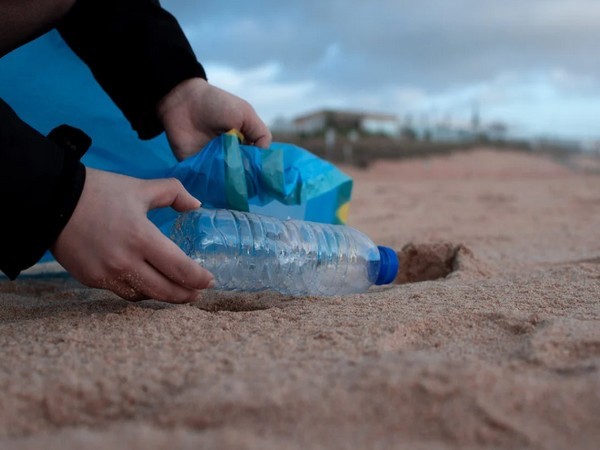IAEA scientists embark on Antarctic mission to research microplastic impact
Jan 09, 2024

Vienna [Austria], January 9: The International Atomic Energy Agency (IAEA), in cooperation with Argentina, launched on January 6th its first scientific research expedition today to investigate the presence of microplastics in Antarctica as part of efforts to combat this growing environmental problem, even in the planet's most remote areas.
The President of Argentina, Javier Milei, and IAEA Director General Rafael Mariano Grossi joined the IAEA scientific team at the Marambio and Esperanza Argentine Antarctic Bases to mark the start of their mission, according to a statement on IAEA's website.
The two-person research team will then set off for one month to assess the impact of microplastics by investigating its occurrence and distribution in seawater, lakes, sediments, sand, discharge water and animals of the Antarctic ecosystem near the Argentine Carlini scientific research station.
The IAEA mission to Antarctica, the world's southernmost continent, is being carried out through the IAEA's NUTEC plastics initiative. Established in 2020, NUTEC is an IAEA flagship initiative to fight plastic pollution with nuclear technologies. Through a network of NUTEC Plastic Monitoring Laboratories, nuclear and isotopic techniques are being used to produce data on marine microplastics distribution by sampling and analysing the prevalence of microplastics in the environment. These precise scientific data represent important information for developing plastic mitigation and disposal measures and policies.
The first evidence of microplastics - plastic particles below 5 mm in diameter- found in Antarctic coastal fast ice, dates to 2009 when researchers from the University of Tasmania sampled sea ice in East Antarctica. However, there is still almost no information available on where and how much microplastics arrive in the Antarctic and how much is taken up by Antarctic organisms. There is also very little data existing on the types of microplastics reaching this pristine area through ocean currents, atmospheric deposition and the presence of humans in the Antarctic.
At an event to launch the mission on 6 January at the Argentine Antarctic Base Marambio, Director General Grossi said that the discovery of microplastics in the once untouched Antarctic environment serves as a testament to the influence of the widespread and detrimental pollutant. "Microplastics are a global problem, but the international community still lacks the scientific data needed to make informed decisions. This is the goal of NUTEC plastics: by understanding the plastic origin, movement and impact, we can make informed decisions on how to address the problem."
The presence of microplastics can contribute to accelerating the ice-loss in Antarctica by reducing ice reflectivity, altering surface roughness, promoting microbial activity, acting as thermal insulators, and contributing to mechanical weakening of the ice structure. When combined with climate change, atmospheric conditions, and oceanic influences, the presence of microplastics will deepen the devastating impact of polar ice melting in Antarctica. In addition, microplastics entering the food chain of Antarctic organisms negatively affects the health of Antarctic life and their resilience to climate change.
Source: Emirates News Agency









